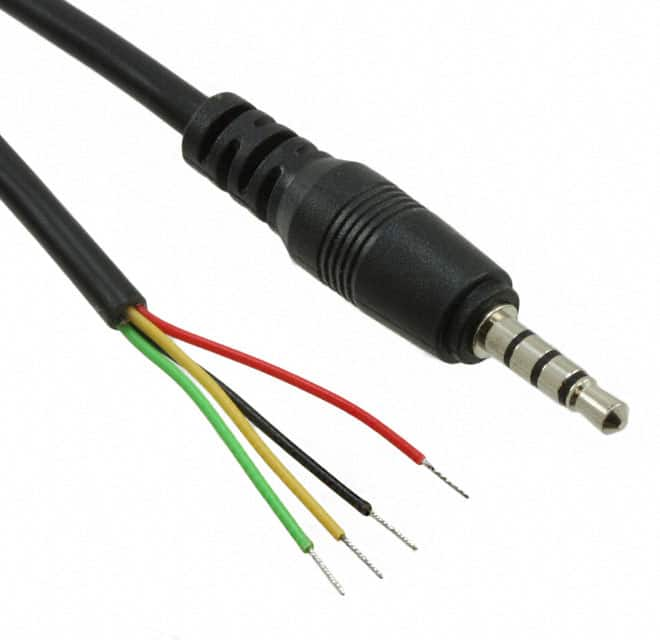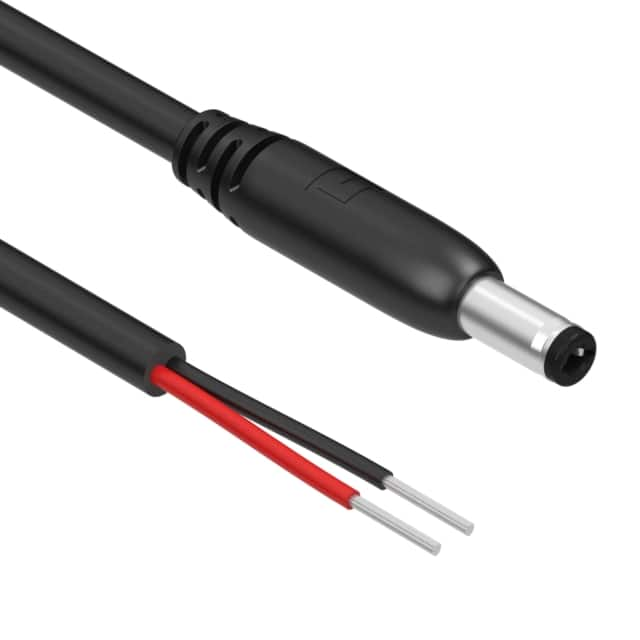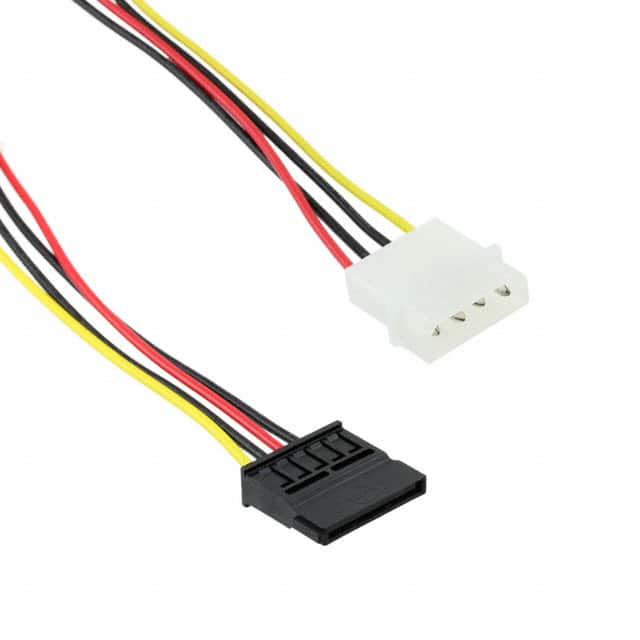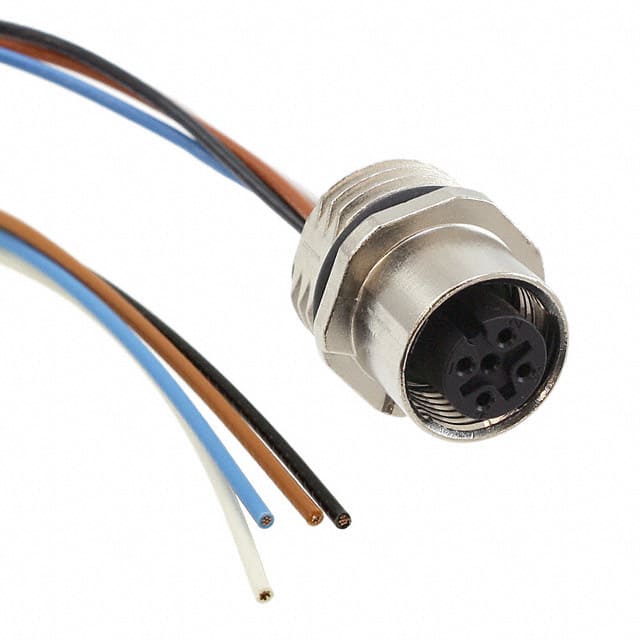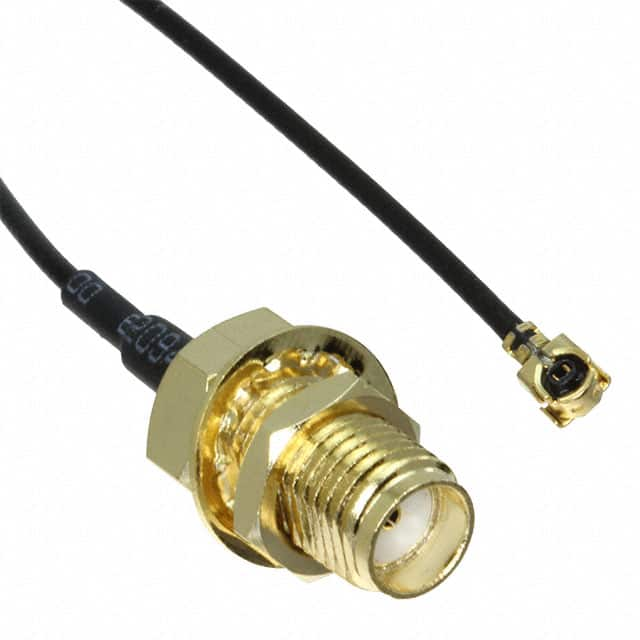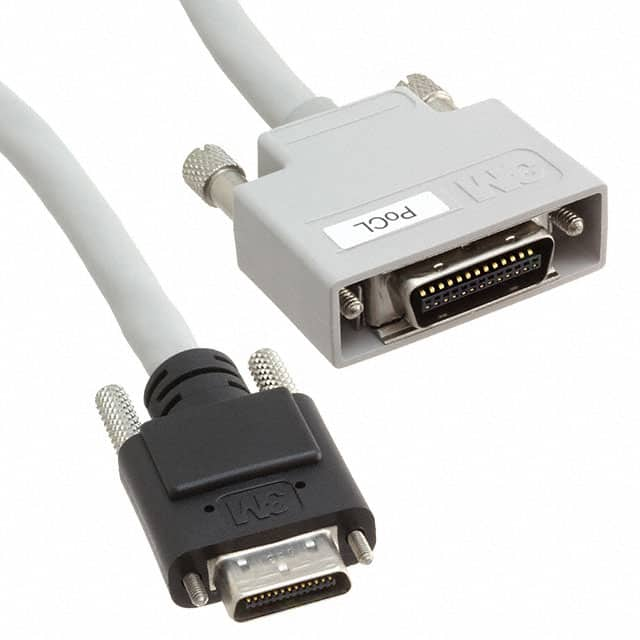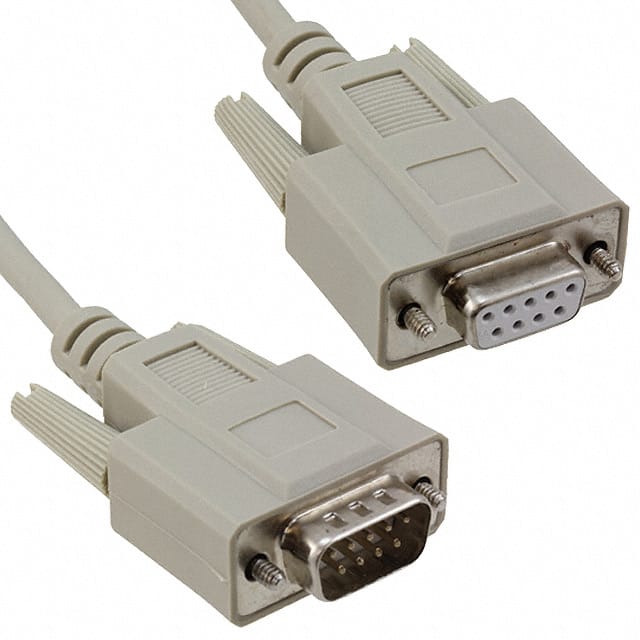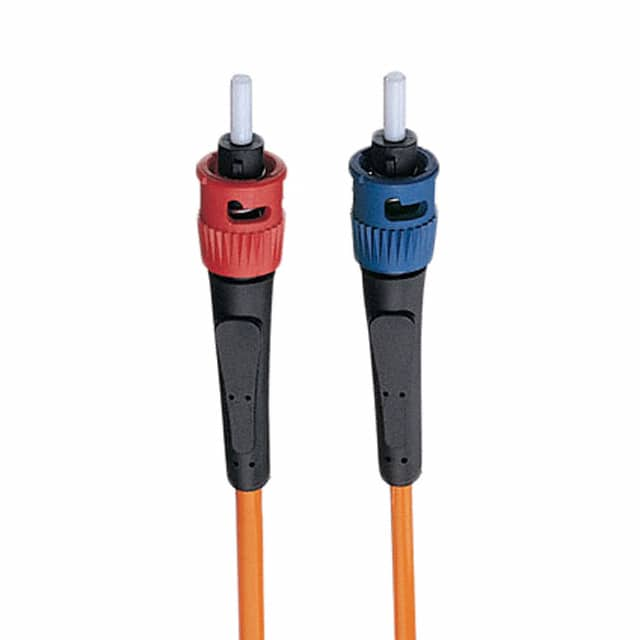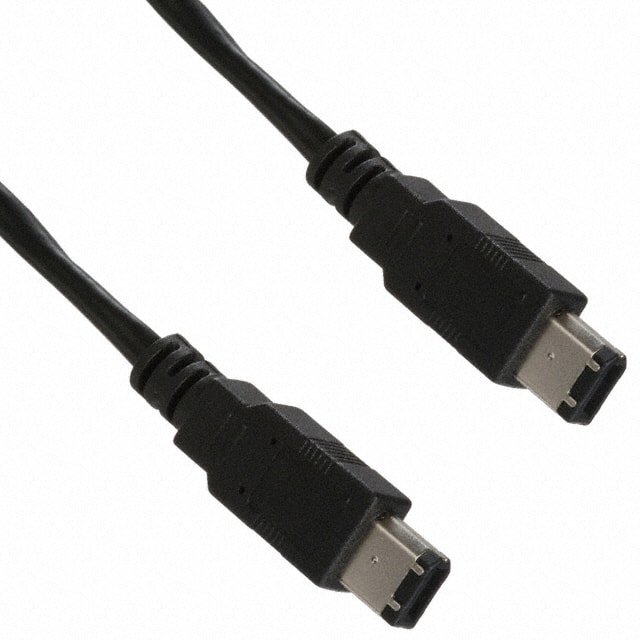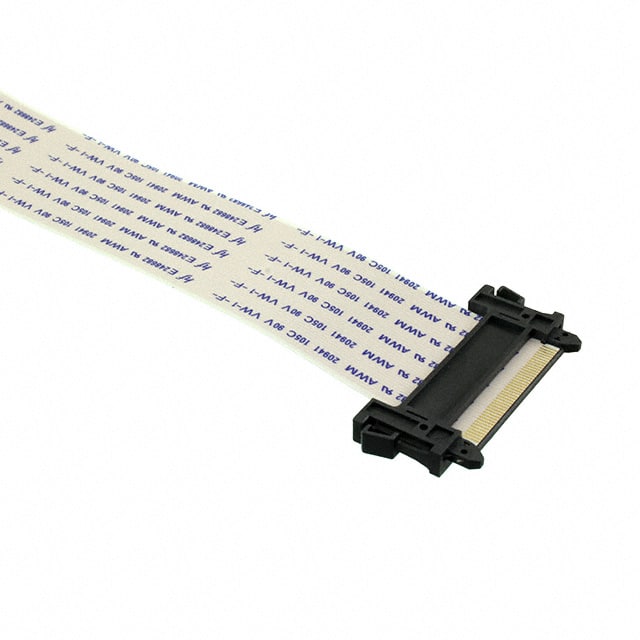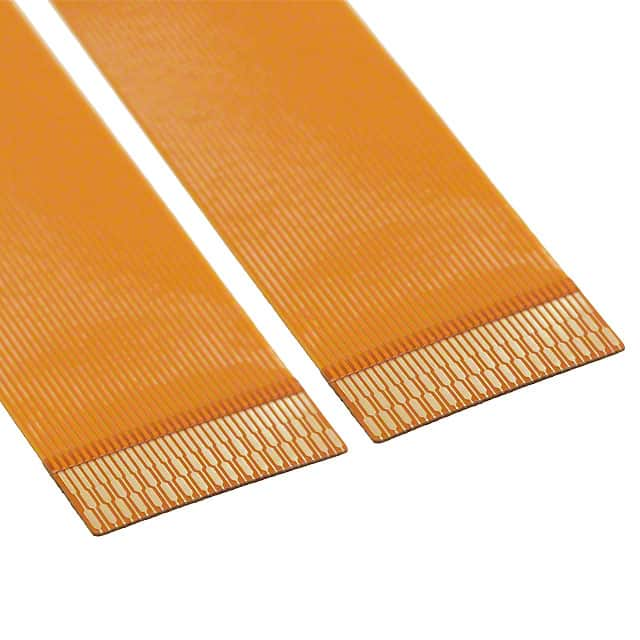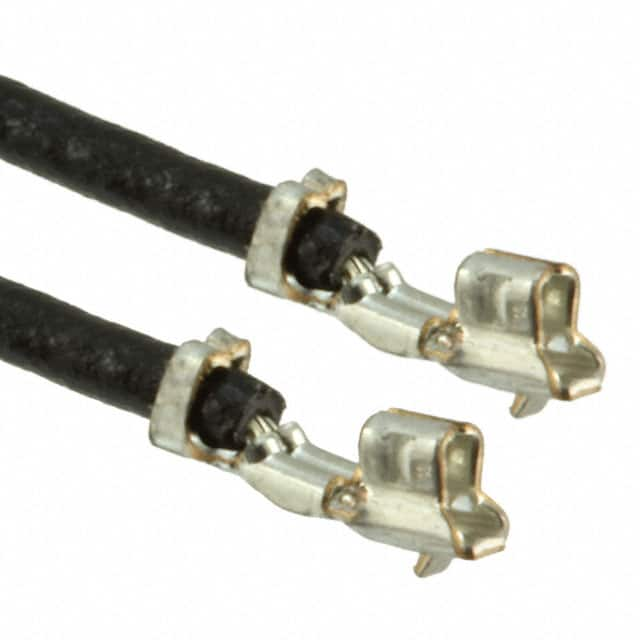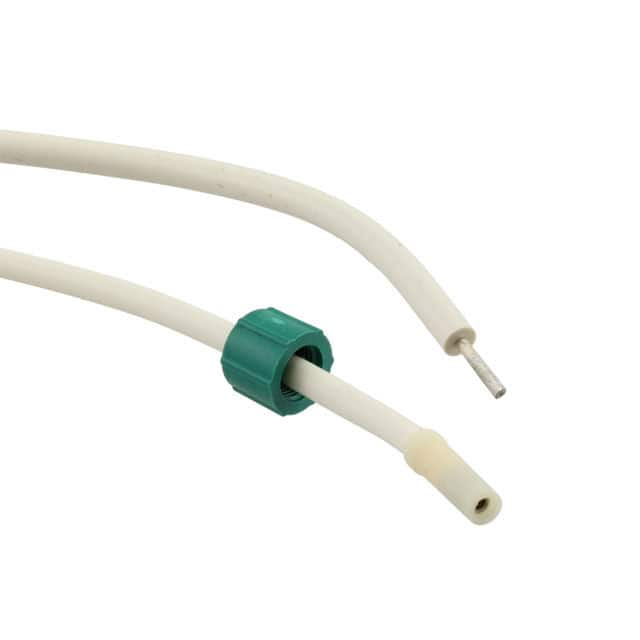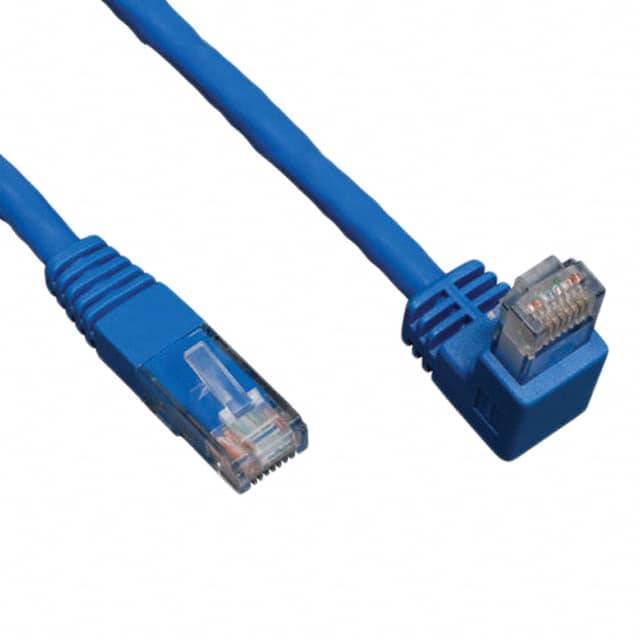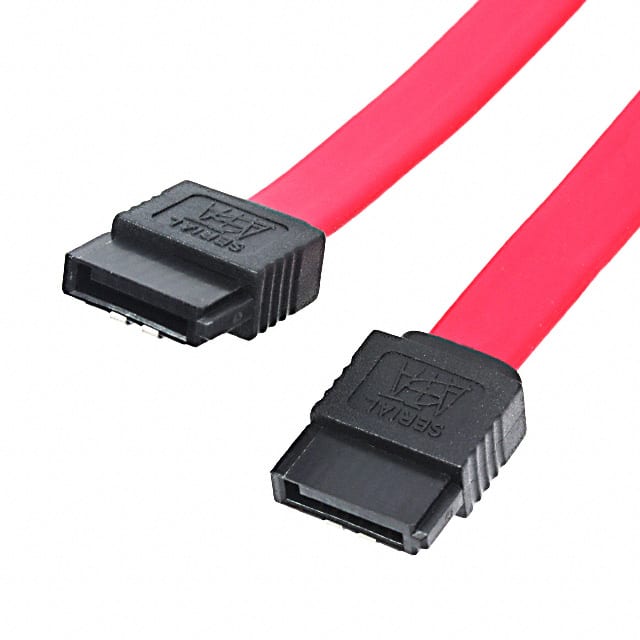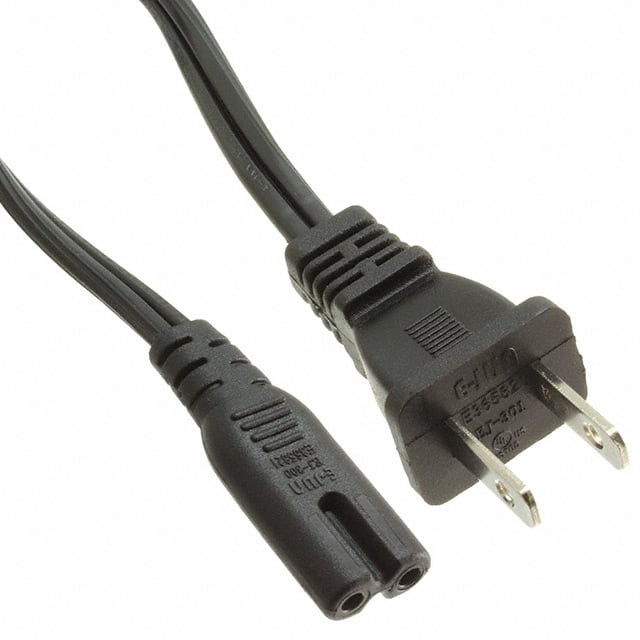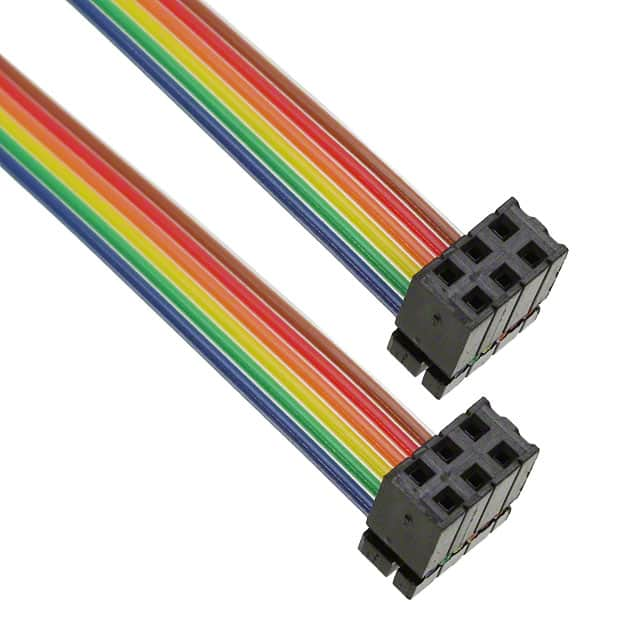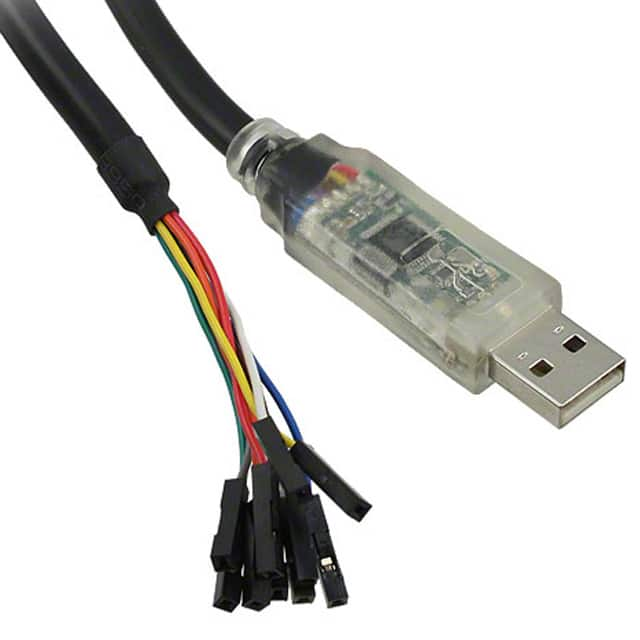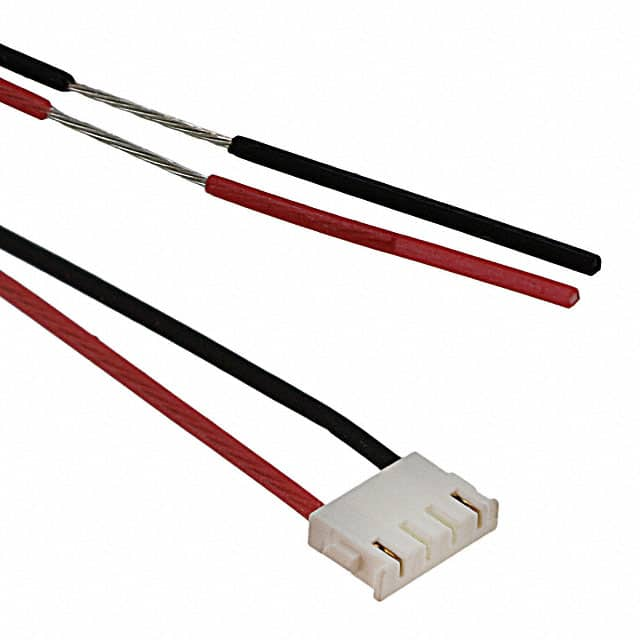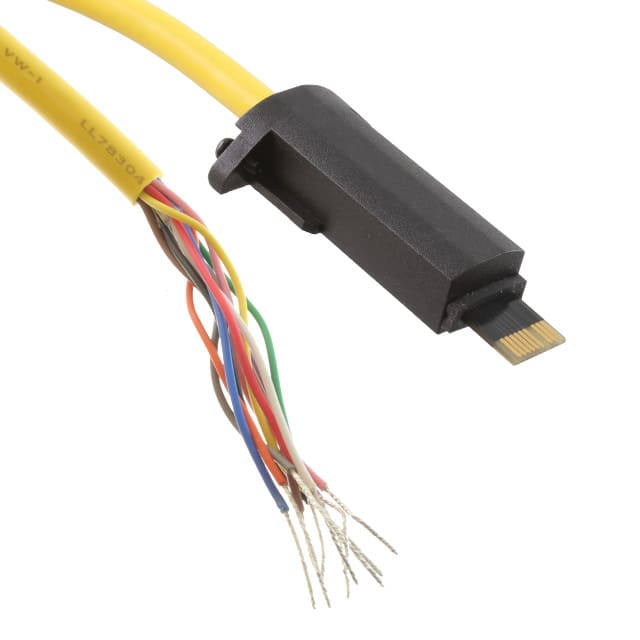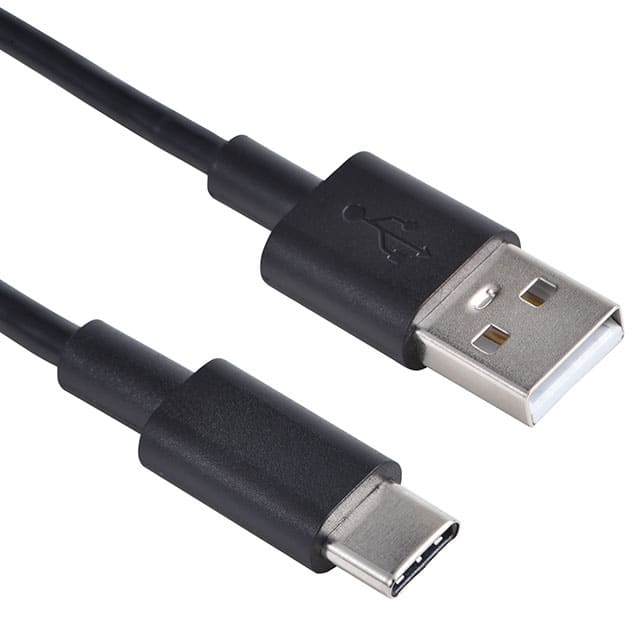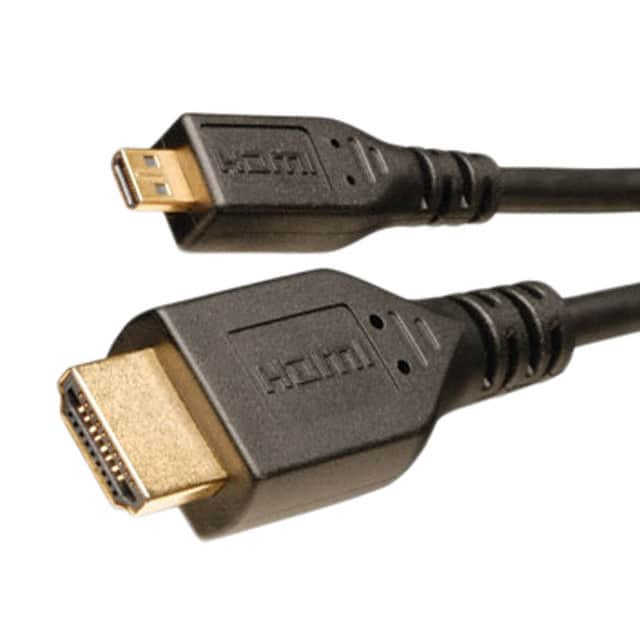Cable assembly definition
Cable assemblies are multiple wires or conductors bundled together and are typically used to transmit power, data, signals or information. They may include wires, cables, connectors, plugs, sockets, insulators, jackets, labels, markings and other accessories used to connect multiple components together in an electrical circuit or communications link.
These components are often assembled to specific cabling standards or protocols to ensure reliable connections and communications. Cable assemblies are used in a variety of applications including power distribution, computer networks, telecommunications systems, automotive electronics, industrial automation and other areas to ensure reliable power transmission and data communications.
What are cable assemblies made of?
Cable assemblies usually consist of wires, insulators, outer sheaths and connectors and are used to transmit current, signals or data and provide protection and connection functions in different applications.
What does the cable assembly do?
A cable assembly is a set of interconnected cables and related hardware designed to transmit power, data, or signals from one device to another. They are used in a variety of applications, from consumer electronics to military and aerospace. Cable assemblies are also used to connect various components in a variety of industries, including automotive, aerospace, telecommunications and medical.
What are cable assemblies used for?
Anywhere there is a complex electrical system, there may also be wiring harnesses or cable assemblies.Sometimes called cable harnesses or wiring assemblies, these units are used to organize, reinforce, and protect electrical conductors
What are the different types of cable assemblies?
coaxial cable assembly
Coaxial cable assemblies are a type of cable widely used in a variety of applications including broadcasting, telecommunications, and high-speed data transmission systems. They consist of a center conductor surrounded by insulation and a protective shield.
Coaxial cable assemblies provide superior signal transmission performance and are available in a variety of sizes and configuration options. They are commonly used to deliver cable TV, satellite TV, and other video-related applications.
Two-core cable assembly
Twin-core cable assemblies are typically used in high-speed data transmission scenarios. These cables consist of two insulated copper wires that are twisted together and wrapped within a metallic conductor shield. This design helps reduce electromagnetic interference and ensures that signals can be transmitted accurately.
Twinax cables can be used to connect computers, servers and other network equipment, and are suitable for short and long distance connections, such as intra-data center communications. In addition, they are also widely used in fields such as industrial automation and control systems.
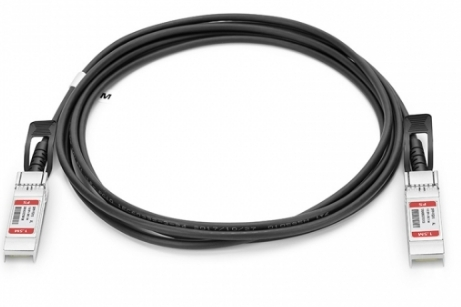
Ribbon Cable Assemblies
A ribbon cable assembly is a type of cable that consists of multiple small wires neatly arranged into a flat ribbon shape. This type of cable is typically used for internal connections, such as connecting a computer to peripheral devices such as printers, scanners, and external storage drives.
In addition to this, ribbon cable assemblies are widely used in fields such as industrial automation and robotics. These cables are easy to use and available in a variety of sizes and configurations.
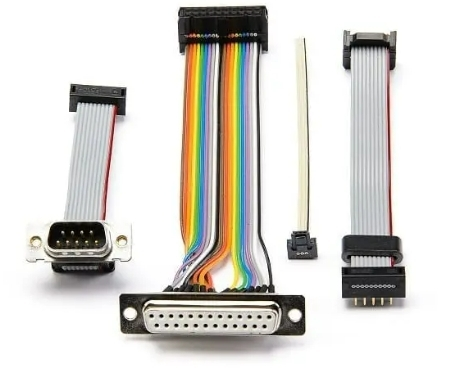
Multi-core cable assembly
A multi-core cable assembly is a type of cable constructed from multiple conductors, typically used for power and signal transmission. They are available in a variety of materials, sizes and configurations to meet the needs of different applications.
These components can be customized to meet specific requirements, including adding features such as shielding and stress relief. Multi-core cable assemblies are used in a variety of applications, including industrial, medical, automotive and aerospace.
power cord assembly
A power cable assembly is a system of wires and cables used to carry electrical energy, commonly used in a variety of applications such as powering heating, lighting, and industrial machinery.
These components are constructed from different types of conductors such as copper, aluminum and other metals, with various protection and insulation treatments such as rubber, PVC and special alloys. Power cable assemblies typically include a variety of connectors such as plugs, receptacles, and crimp terminals to provide power connections.
Optical cable assembly
Fiber optic cable assemblies are cables specifically designed to connect optical components and typically include two ends with connectors for transmitting data and signals. These components are primarily used for long-distance, high-speed data transmission and are widely used in high-speed communication networks such as data centers, telecommunications networks, and medical imaging and military fields.
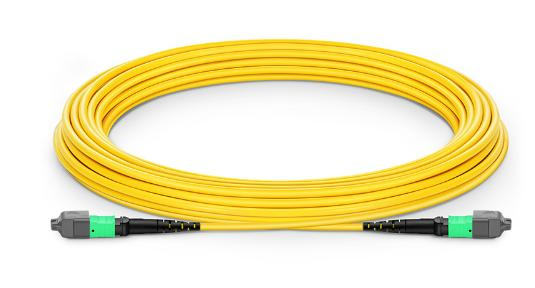
Wire harness assembly
A wire harness assembly is a comprehensive cable system used to connect a variety of electrical components, including wires, connectors, terminals, clamps, and more. These wire harnesses are used to guide electrical signals from one component to another and are critical to ensuring the safe and reliable operation of electrical systems.
USB cable assembly
USB cable assembly is a cable used to connect various devices through USB interface, which can be used for data transmission and power supply. They offer a variety of connection types such as USB Type A, USB Type B, Mini USB, and Micro USB, which are suitable for connecting various devices such as computers, digital cameras, printers, etc.
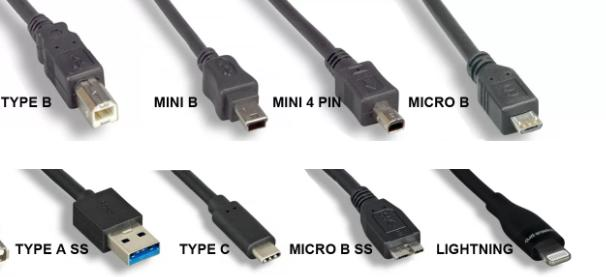
network cable assembly
A network cable assembly is a type of prefabricated cable used to connect computers and other devices to build a computer network. They include different types of cables, connectors and adapters, available in various lengths and configurations.
The main types include Ethernet cables, coaxial cables, and fiber optic cables. Network cable assemblies provide a quick and convenient way to connect devices to a network and are commonly used in home and business network settings.
What tools are used to organize cables?
Standard zip ties are versatile gadgets that come in handy in numerous DIY applications, and they're ideal for keeping wires and cables organized.
What are the main components of a cable
Conductor: The conductor is the core part of a cable, usually made of metal, and is used to carry electrical current or signals.
Insulation: A layer of insulation wraps around a conductor, preventing current from leaking while providing physical protection for the cable.
Metal shielding (if applicable): In some cables, metal shielding is used to reduce electromagnetic interference and improve signal quality.
Outer Jacket: The outer jacket is the outer layer of the cable that provides additional physical and environmental protection.
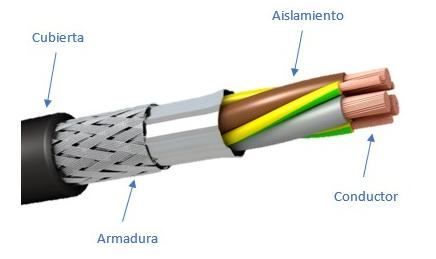
Are cable assemblies important?
Cable assemblies are very important because they are used to connect various devices together so that data, power, or signals can be transmitted. For example, the HDMI cable that connects your TV to your DVD player is a cable assembly that ensures the transmission of video and audio signals.
This is crucial for TV viewing. Likewise, cable assemblies play a key role in many other areas, including industrial automation and medical equipment.
What is the purpose of the outer material of the cable assembly?
This material helps protect wire and cable assemblies under extreme conditions such as heat, fire, moisture, dust, chemicals and friction. It also provides protection against hazards to personnel and the environment caused by electrical currents, while helping to maintain the cleanliness and orderliness of electrical systems and mitigating the effects of wear and adverse environments on internal cables.

 My Cart
My Cart
